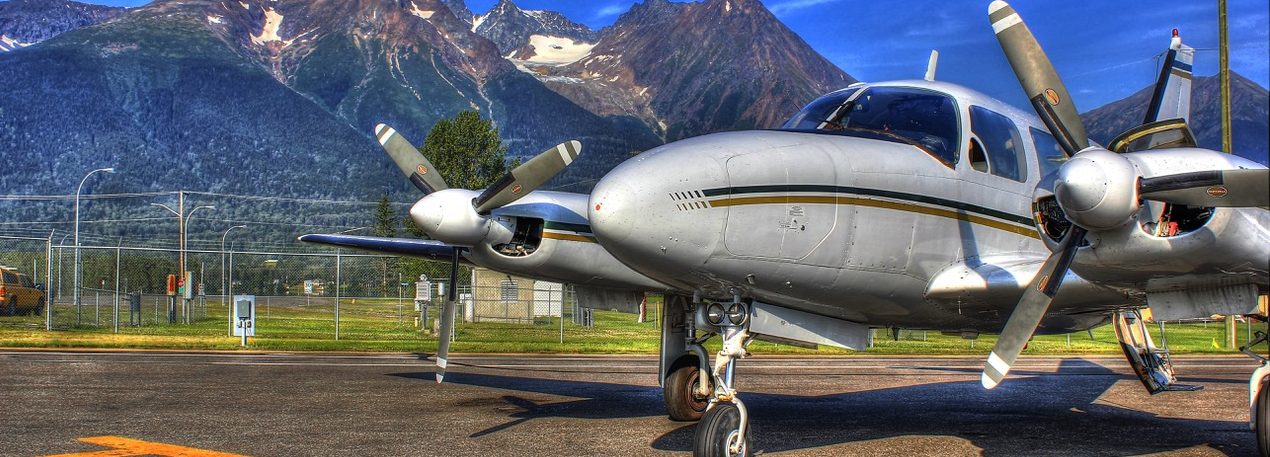
Hypoxia likely played a key role in the mysterious crash of a Calgary survey company’s Piper Navajo in the mountains west of Calgary in August of 2018 according to the Transportation Safety Board. Investigators said the aircraft operated by Aries Aviation flew from Penticton across the Rockies at 15,000 feet but the pilot and his passenger, a survey technician, didn’t use the onboard supplemental oxygen system for the hour-long flight back to Calgary/Springbank. Evidence gathered by the investigators indicate that toward the end of the flight, the pilot began mixing up directions from air traffic control and the aircraft finally went into a spin and crashed vertically into a mountainside.
The Navajo wasn’t required to have a flight data recorder or cockpit voice recorder but the owner had installed an aftermarket recorder that collected a variety of in-flight data including cockpit video and intercom and radio conversations that painted a clear picture of the final few minutes of the flight. After doing some aerial survey work for two hours near Penticton, the pilot filed an instrument flight plan in the air for Calgary and specified 15,000 feet for the altitude. Video showed the pilot briefly putting his oxygen mask to his face before putting it down again for the duration of the flight. After being cleared to descend for sequencing into Springbank, the pilot started to answer calls from air traffic control erroneously, the power to the engines dropped asymmetrically and the stall horn was heard on the audio recording. The aircraft spun right and although the pilot did try to recover, the plane hit near the peak of Mount Rae at about 10,000 feet after 7.5 revolutions.
